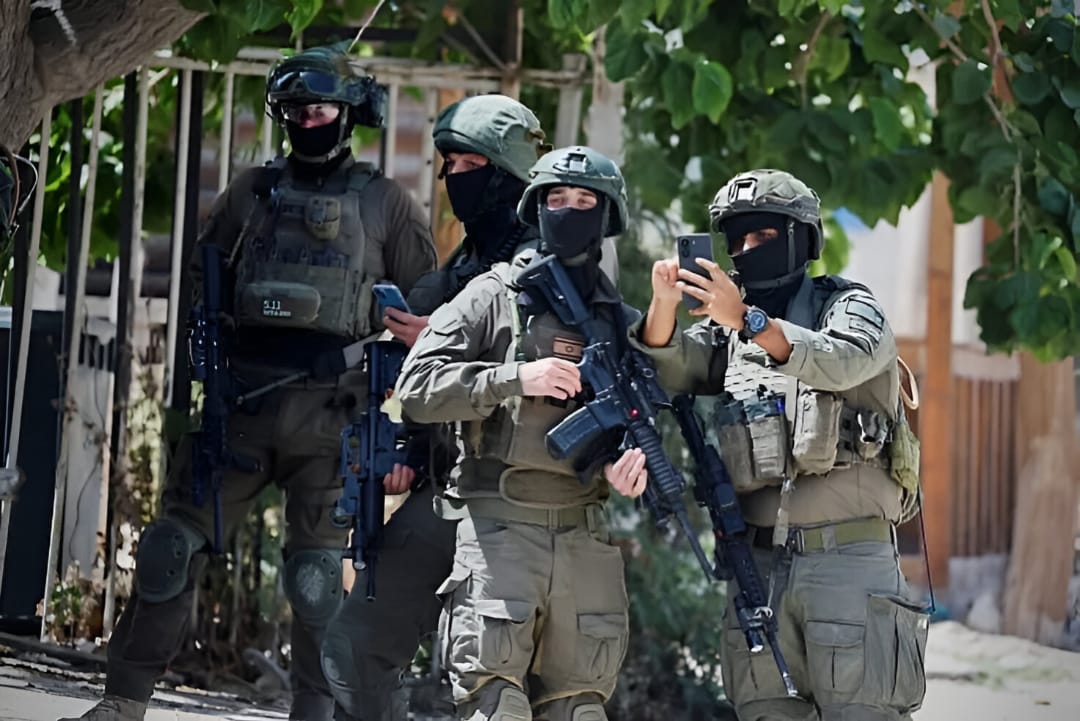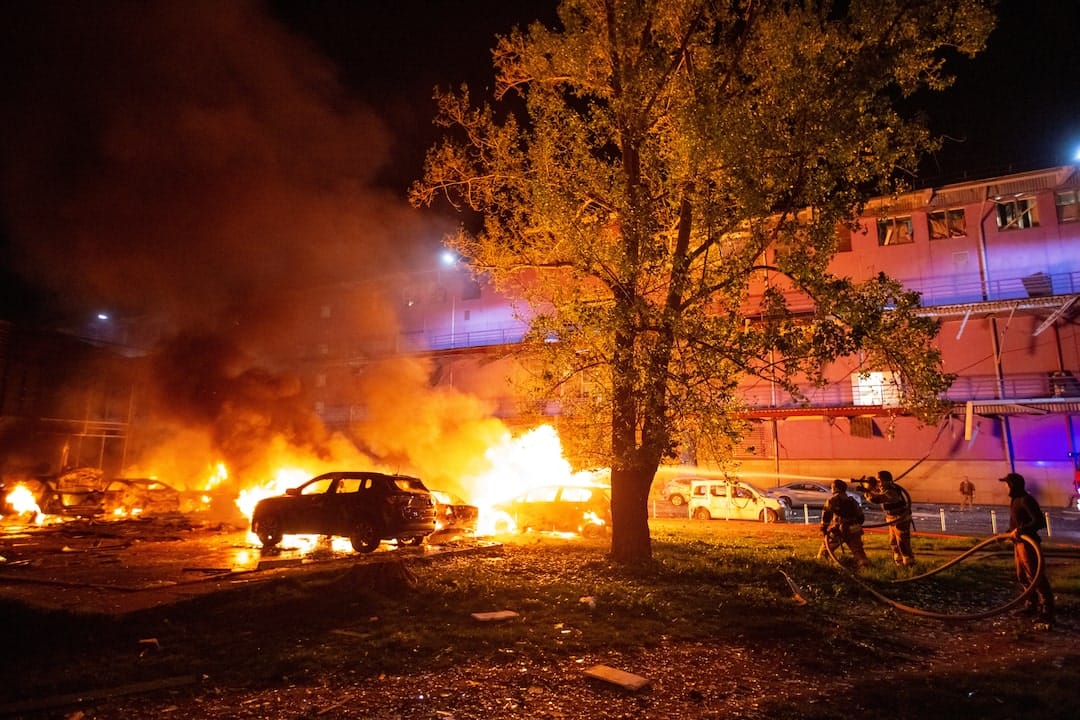
Israel has confirmed the recovery and return of the body of a deceased hostage from the Gaza Strip, a somber development amidst ongoing efforts to secure the release of all individuals captured by Hamas during its October 7 assault. The handover, facilitated through international mediation, underscores the tragic human cost of the escalating conflict and highlights the persistent challenges in negotiations between the warring parties. This event, while offering a measure of closure to one family, intensifies the anguish for hundreds of others awaiting news of their loved ones, maintaining global focus on the desperate humanitarian situation in the enclave and the urgent need for a resolution to the hostage crisis.
The Painful Repatriation and Ongoing Hostage Ordeal
The Israeli military confirmed the recovery of the body of Elad Katzir, a 47-year-old farmer from Kibbutz Nir Oz, who was abducted during the cross-border attack by Hamas. Katzir’s body was returned to Israel following an operation based on intelligence and confirmed identification by medical professionals. His family, who had previously received proof of life videos from Hamas, expressed profound grief and anger, calling for immediate action to bring back the remaining hostages, both living and deceased. This incident is a stark reminder of the over 200 individuals, including women, children, and elderly people, who were taken captive by Hamas and other militant groups on October 7.
- **The October 7 Context:** The initial assault by Hamas resulted in the deaths of approximately 1,200 people in Israel, predominantly civilians, and the abduction of hundreds. This attack triggered Israel’s declared war aimed at dismantling Hamas’s military and governance capabilities in Gaza.
- **International Law and Hostage-Taking:** International humanitarian law strictly prohibits the taking of hostages. Global bodies, including the United Nations, have repeatedly called for the immediate and unconditional release of all hostages. The use of civilians as bargaining chips or human shields is considered a war crime.
- **Families’ Ordeal:** The families of the hostages have mounted an intensive public and diplomatic campaign, appealing to governments worldwide to exert pressure for their release. They regularly share testimonies, images, and videos, attempting to keep the humanitarian dimension of the crisis at the forefront of global consciousness.
The return of a deceased hostage, while not a mass release, provides a painful glimpse into the conditions and fate of those held in Gaza. It also underscores the high stakes for the remaining hostages, many of whom are believed to be in precarious health or facing severe psychological trauma. Israeli officials have reiterated their commitment to bringing all hostages home, dead or alive, a primary objective guiding their military operations and diplomatic efforts.
Global Efforts and Diplomatic Stalemate
The release of Katzir’s body, facilitated through complex channels, highlights the intricate and often stalled diplomatic efforts to resolve the broader hostage crisis. Qatar, Egypt, and the United States have been key mediators, engaging in intensive shuttle diplomacy between Israel and Hamas. However, significant gaps remain between the demands of both sides, making comprehensive agreements elusive.
- **Hamas’s Demands:** Hamas has consistently linked the release of hostages to a permanent ceasefire, the withdrawal of Israeli forces from Gaza, and the release of thousands of Palestinian prisoners held in Israeli jails. These demands are largely unacceptable to Israel, which views them as undermining its security objectives.
- **Israel’s Stance:** Israel insists on the unconditional release of all hostages and has rejected any deal that would allow Hamas to retain power or military capability in Gaza. While humanitarian pauses have been implemented to allow for some prisoner-for-hostage exchanges, a comprehensive agreement remains elusive.
- **International Pressure:** The international community continues to exert pressure on both sides. Calls for a humanitarian ceasefire and the immediate release of all hostages have come from the UN Security Council, the European Union, and numerous individual nations. There is growing concern about the potential for regional escalation if the conflict, including the hostage issue, is not resolved.
Expert analysts note that the return of a deceased hostage may, paradoxically, increase pressure on both sides. For Israel, it reinforces the urgency of retrieving the remaining hostages, potentially influencing tactical decisions. For Hamas, it serves as a grim reminder of the deteriorating conditions within Gaza, which could also impact their bargaining position, albeit marginally. The complexity is compounded by the fragmented nature of militant groups holding captives, making a centralized negotiation challenging.
Humanitarian Crisis and Future Prospects
The hostage crisis is inextricably linked to the severe humanitarian catastrophe unfolding in Gaza. The ongoing conflict has displaced over 80% of Gaza’s population, destroyed critical infrastructure, and led to widespread famine and disease. International aid organizations report immense difficulties in delivering essential supplies due to military operations and access restrictions, further exacerbating an already dire situation for the over two million Palestinians trapped in the enclave.
The global significance of this tragic event extends beyond the immediate families. It serves as a potent symbol of the enduring human cost of the conflict, drawing renewed attention to the urgent need for robust humanitarian access, protection for civilians, and a pathway towards a sustainable peace. The ability of the international community to facilitate the return of deceased hostages, while a small step, highlights the critical role of diplomatic channels, even amid intense conflict. However, the ultimate test lies in securing the release of the living and addressing the root causes of this protracted crisis.
Looking ahead, the recovery of more deceased hostages or, hopefully, the release of living ones, will likely dictate the rhythm of future negotiations and the intensity of international involvement. The current stalemate, punctuated by such painful events, underscores the critical need for sustained, high-level diplomatic engagement to prevent further loss of life and to chart a course towards de-escalation and, ultimately, a durable peace that addresses the security concerns of all parties and upholds international humanitarian law. The global community remains deeply invested in finding a resolution that brings stability to a region teetering on the brink of wider conflict.







